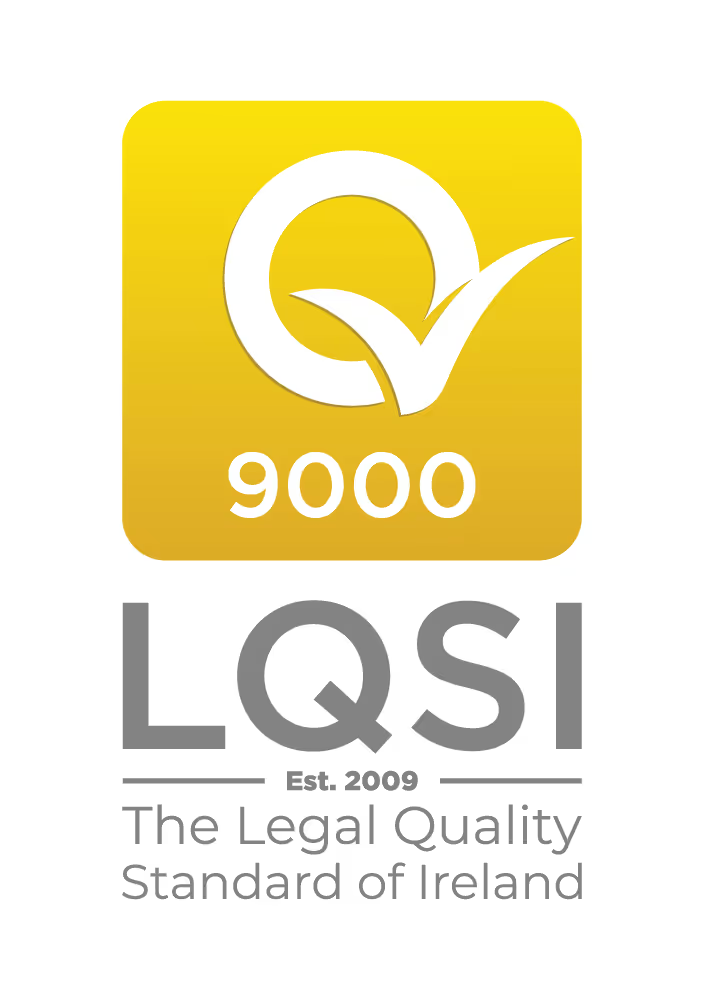The Gender Pay Gap (Information) Act 2019 (the “Act”) came into effect in July 2021, amending certain provisions of the Employment Equality Act 1998. The Act provided for regulations to be made to require employers to publish certain information on the gender pay gap in their business.The RegulationsThe Employment Equality Act 1998 (Section 20A) (Gender Pay Gap Information) Regulations 2022 (the “Regulations”) were published on the 3rd of June 2022.The Regulations provide that initially an employer who employs not less than 250 employees (a “Relevant Employer”) on the date selected by the Relevant Employer in June each year (the “Relevant Date”) must on a yearly basis, within six months of the Relevant Date, publish or make available to their employees and the public certain information on their gender pay gap, if any.Information to be publishedThe Regulations provide that within six months of the Relevant Date a Relevant Employer must publish or make available the following information in relation to their employees:-
- The difference between the mean and median hourly remuneration of all relevant male and female employees;
- The difference between the mean and median hourly remuneration of all part-time and temporary male and female employees;
- The difference between the mean and median bonus of all relevant male and female employees and the percentage of male and female employees that were paid a bonus;
- The percentage of male and female employees that received benefits in kind; and
- The distribution of male and female employees in lower, lower middle, upper middle and upper quartile pay bands.
- The Department for Children, Equality, Disability, Integration and Youth has also published an initial guideline as to how employers should approach the calculation of the above information, which is available on the gov.ie website.
In addition to the information set out above, where a gender pay gap is identified, Relevant Employers must also publish or make available a written statement (a “Relevant Report”) setting out in their opinion the reasons for the difference in pay, and what actions, if any, are being taken, or are proposed to be taken, going forward in order to reduce or eliminate that pay gap.The information and the Relevant Report must remain on the Relevant Employers website or available for inspection (if the employer does not have a website) for at least three years.It is also important to note that any publications will also need to adhere to data protection legislation and the data will need to be anonymised sufficiently to achieve this.How to assess the reason for pay gapsIt is the nature of gender pay gaps that there are often many interconnected factors influencing the differences that occur. While this can be a plain equal pay issue, which employers would of course need to address, it may also be affected by historical progression issues causing a reduced number of senior female employees, insufficient support for family life and responsibilities, an unequal distribution of genders working part-time roles, or other internal or external factors.Legal risks and potential liabilitiesIt is important, from the outset, that employers comply with the Regulations, as there are consequences for non-compliance. Where the Irish Human Rights and Equality Commission believes that an employer has failed to comply with the Regulations it may make an application to the Circuit Court or the High Court for an order requiring the employer to comply.Where an employee believes their employer, or former employer, has failed to comply with the Regulations they may refer the matter to the Workplace Relations Commission (the “WRC”), which can then be investigated by the Director General of the WRC who may make a decision requiring the employer to take certain action to comply with the Regulations.As it stands, there is no sanction by way of compensation to the employee, or any fine on the employer. Employers must consider the implications for their business of the publicity of any decision citing non-compliance.What to do now?Employers with over 250 employees will need to select a snapshot date in June 2022; identify those within the business who will be required to assist in the process (payroll, human resources, communications); ensure all information that will be required is accurately recorded; decide on the format that any report will take and how it will be made available; consider the reasons for any pay gap and the measures that will be implemented, if any; and, put a plan in place to ensure the information required and the report will be ready for publication in December 2022.For more information please do not hesitate to contact any of the Employment Team at Flynn O’Driscoll.Authors Caoimhe Heery and Kate Duffy.








